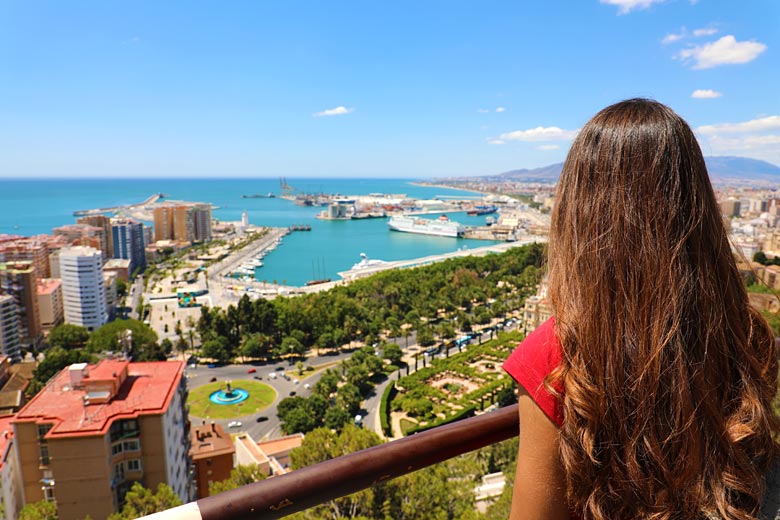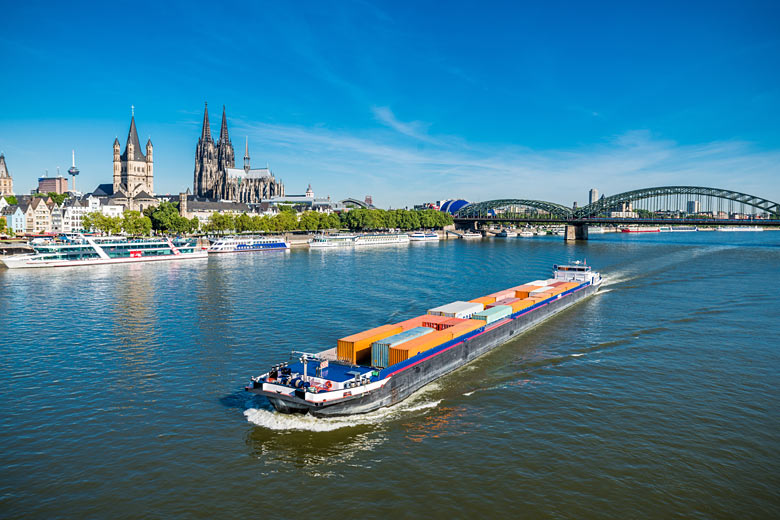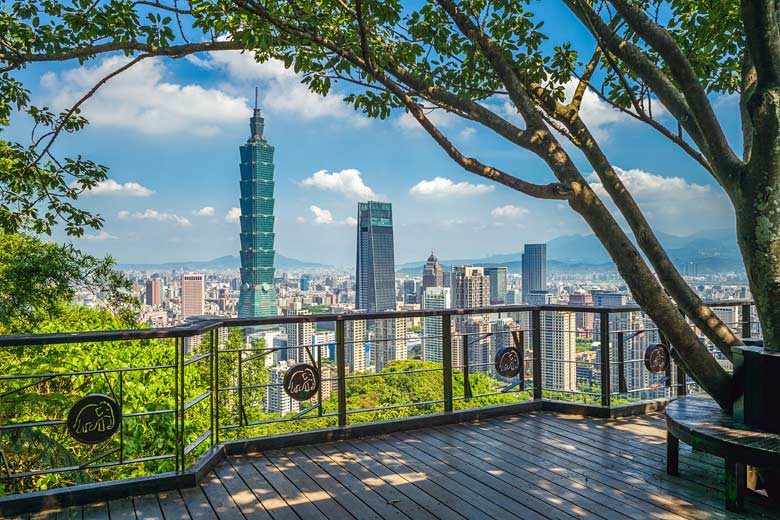An introduction to the Silk Road cities of Uzbekistan
With almost half its landmass covered by desert, remote, mysterious Uzbekistan, a landlocked country of 33 million in Central Asia, is revealing its secrets to Western visitors.
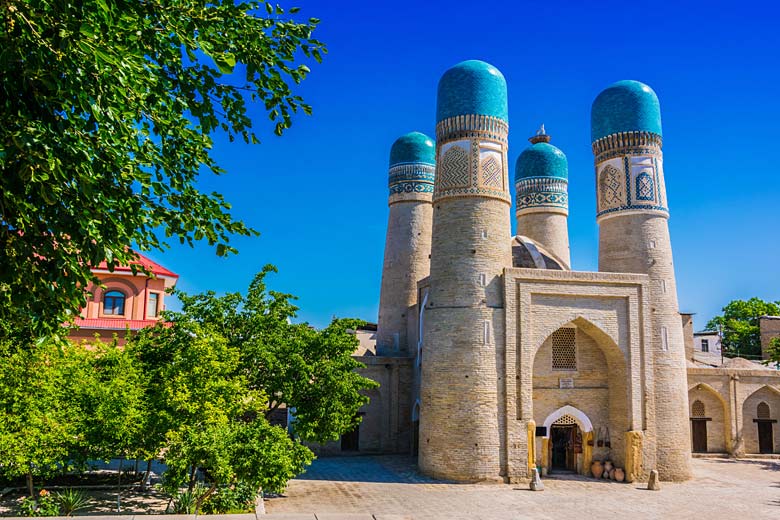
Among its UNESCO World Heritage recognised towns and cities, the country has some of the region's most incredible sights along what was the Silk Road, the ancient network of trading routes that linked China with Europe.
Getting to Uzbekistan: find small group tours and tailormade trips with Wild Frontiers, which offers adventure holidays to Uzbekistan all year round.
The old & the new
Birthplace of the ferocious 14th-century Turco-Mongol warrior Timur (or Tamerlane), the country fell under Russian rule in the 19th century before becoming part of the Soviet Union, along with other 'stans' including Kazakhstan and Kyrgyzstan.
It was closed to all but the most intrepid traveller but since the death of hardline President Islam Karimov in 2016, changes are afoot. New roads and high-speed rail links are being built, luxury hotels opening at pace and strict regulations relaxed.
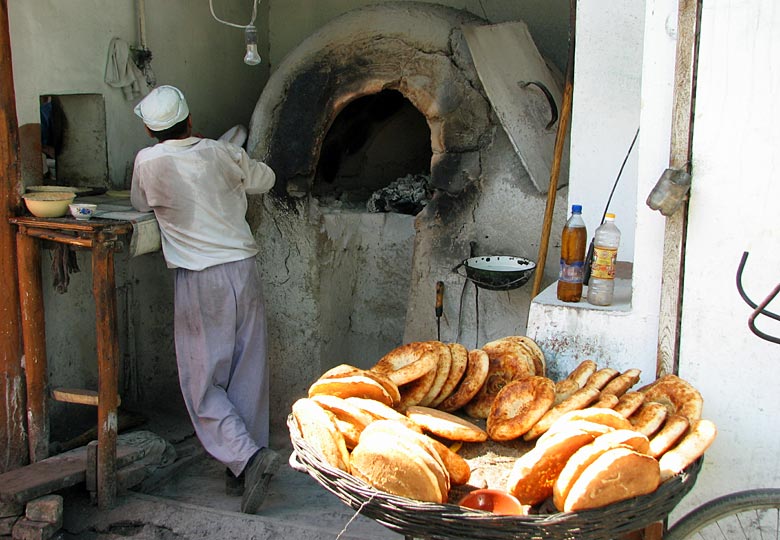
Visitors from the UK no longer need a tourist visa, for example, and it is no longer against the law to take photos of 'restricted' areas such as Metro stations and government buildings.
Medieval and Soviet traditions have become entwined with the modern: the roadside pomegranate seller who squeezes gallons of fresh juice from an old Soviet press; the Samarkand baker making flat, round loaves in a tandoor clay oven in the centuries-old method; and the working donkeys, tottering under huge stacks of cotton, one of Uzbekistan's most important crops.
Although Islam, introduced by the Arabs in the 8th century and all but suppressed under the Communists, is the dominant religion in Uzbekistan, it is a much more liberal version than that practised in the Middle East (women aren't required to cover up, for example) and the country's diverse ethnic mix includes majority Uzbeks as well as Tatars, Tajiks and Russians.
High-speed travel
Travelling between the major cities and tourist sites is easier than ever thanks to new high-speed rail links that have reduced journey times considerably: three hours 40 minutes from Tashkent to Bukhara; two to Samarkand and eight to Khiva (down from 19 hours), a distance of nearly 1,000 km. The rail link will reach Khiva and Nukus by the end of 2026.
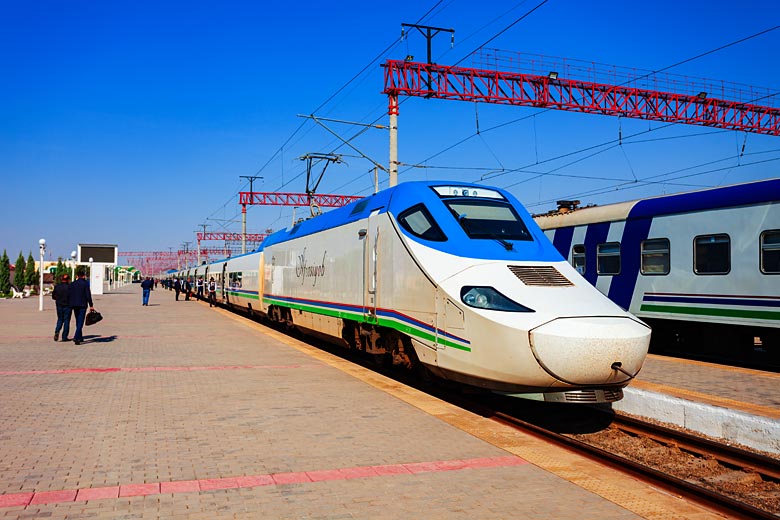
The best times to visit Uzbekistan are October, November and early spring when you'll enjoy crisp, sunny days. Summers are hot but crowd-free, while in winter temperatures fall well below zero.
Tashkent
With its tree-lined avenues and wonderfully ornate Metro stations, built by the Soviets in the early 1970s, Uzbekistan's leafy capital of Tashkent lies on the northeastern border with Kazakhstan and was once a major trading post on the Silk Road.
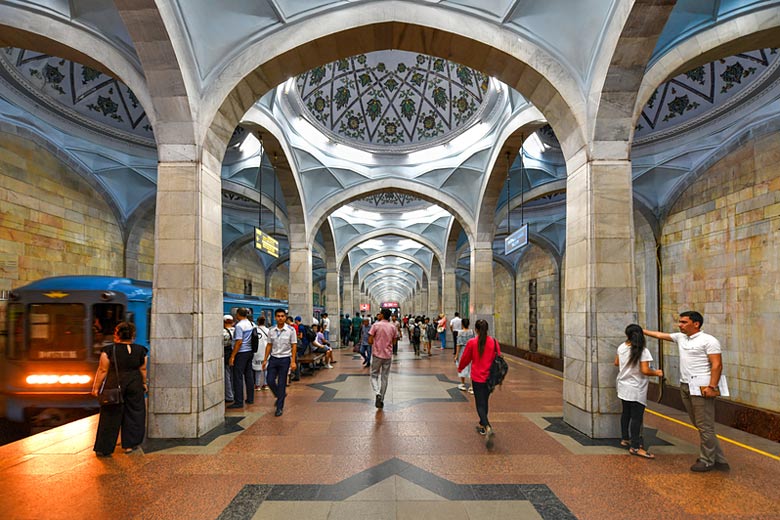
At the Centre for Contemporary Art, an early 20th-century power station imaginatively transformed into an arts hub, you can watch year-round events focusing on art, cinema, music, architecture and performance.
In winter, you can ski at the recently opened Amirsoy Mountain Resort in the western Tian Shan Mountains, 65 km from Tashkent, and go hiking, rock climbing and swimming in summer.
Khiva
Founded 2,500 years ago, Khiva, in the northern Xorazm region, is like a living museum. Most of its attractions are located within Ichon-Qala, the city's adobe-walled core.
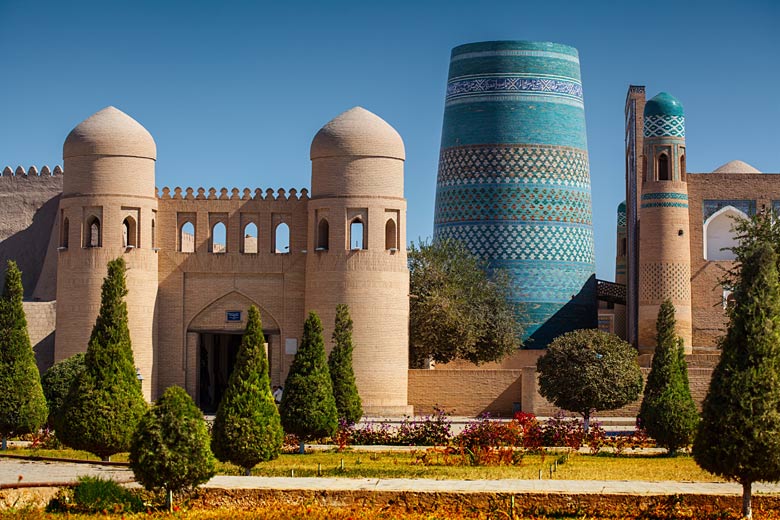
There's the Kalta Minor minaret, a voluptuous stone tower, covered in glazed turquoise Majolica tiles; the 10th-century Juma Mosque, with its 200 individually patterned wooden pillars, and the Kunya-Ark Citadel, former residence of the khans, whose observation tower offers sweeping views of the compact city.
Bukhara
In Bukhara, famous for its well-preserved medieval bazaars and caravanserais, it's fun to shop for Astrakhan hats and Soviet coins and medals in the Taki-Telpak Furushon bazaar or gaze up at the 12-century Kalyan minaret.
Made of intricately patterned baked brick, the tower is 47 meters high and becomes a showstopper at night when it is illuminated by hundreds of backlights.
Samarkand
The fabled Silk Road city of Samarkand offers what is arguably the pièce de résistance of all Central Asia's Islamic masterpieces, the Registan, a vast public square flanked by three soaring mosaic-tiled madrassas, or religious schools.
The oldest one was built by Timur's grandson Ulugh Beg in 1417. An astronomer and mathematician, he invited scholars from across the region to study there, making Samarkand the intellectual capital of Central Asia. Beg went on to found an observatory in the city, at the time considered the most advanced in the Islamic world.
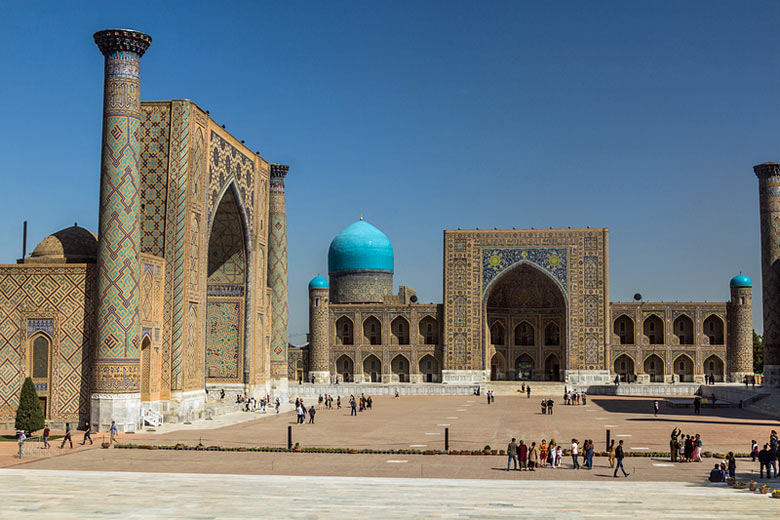
Inside, in one of the Registan's anterooms, the renowned Uzbek musician and master craftsman Babur has a small workshop, where he or one of his colleagues will show you their collection of handmade lutes and jaw harps and, if you're lucky, give you an impromptu rendition of classical Uzbek folk songs.
The opening in 2022 of Silk Road Samarkand, a vast complex of restaurants, stylish hotels and a congress centre, as well as the Eternal City, a warren of winding streets housing artists and craftspeople, has added to the city's tourist offering.
Nukus & Ayaz Qala
Outlined against a pale pink November sunset, the mud-baked ruins of Ayaz Qala look out onto a vast uninhabited steppe. The ethereal Zoroastrian ruins, built in the 3rd century BCE as a fortress, lie in the Republic of Karalpakstan, an autonomous region in northern Uzbekistan the size of England and Wales combined.
It's one of dozens of such constructions in this sparsely populated area: palaces and forts that developed near the Amu Darya River (known in antiquity as the Oxus) and later flourished with the advent of the Silk Road.
Meanwhile, in Nukus, the region's dusty desert capital city, the Nukus Art Museum houses what is, improbably, one of the world's best art collections.
Collected and brought here in secret by the late Moscow artist Igor Savitsky, thousands of dissident paintings once banned under the Communist regime hang across three huge galleries, with around 100 paintings by Alexander Volkov, considered to be the father of Uzbek avant-garde.
Many of the artists were purged by Stalin, including Aleksandr Nikolayev, who was arrested for being gay, and Mikhail Kurzin, imprisoned and exiled for anti-Soviet propaganda.
Weather in Uzbekistan
| Jan | Feb | Mar | Apr | May | Jun | Jul | Aug | Sep | Oct | Nov | Dec | |
|---|---|---|---|---|---|---|---|---|---|---|---|---|
| Maximum daytime temperature °F |  43 43 |
 46 46 |
 59 59 |
 72 72 |
 82 82 |
 93 93 |
 97 97 |
 93 93 |
 84 84 |
 70 70 |
 57 57 |
 48 48 |
| Hours of sunshine (daily) | ||||||||||||
| Days with some rainfall |  11 11 |
 10 10 |
 12 12 |
 10 10 |
 7 7 |
 3 3 |
 2 2 |
 1 1 |
 2 2 |
 6 6 |
 8 8 |
 11 11 |
The above shows the climate in Tashkent. Find out more about conditions across the country in our complete guide to the climate in Uzbekistan.
Ready to discover Uzbekistan? See the latest offers on trips and tours with the experts at Wild Frontiers and book your next adventure today.
More about Uzbekistan
- Overview
- Best time to visit
- Weather by month
- 5-day weather forecast
- Destinations
- Travel advice
- Deals & discounts
Uzbekistan by month
Jan Feb Mar Apr May Jun Jul Aug Sep Oct Nov Dec
Explore holidays in the sun for less
- Beach holidays
- Family holidays
- City breaks
- Summer holidays
- Winter sun holidays
- Holiday offers
- Top travel brands
- Airlines & flights
- Discount hotels
- Airport parking deals
- TUI
- Jet2holidays
- easyJet holidays
- Love Holidays
- January sales
Airport parking
- Manchester Airport
- Stansted Airport
- Bristol Airport
- Luton Airport
- Birmingham Airport
- Edinburgh Airport
- Gatwick Airport
- Glasgow Airport
- Newcastle Airport
Airport lounges
- Manchester Airport
- Birmingham Airport
- Bristol Airport
- Edinburgh Airport
- Glasgow Airport
- Heathrow Airport
- Newcastle Airport
- Stansted Airport
- Gatwick Airport
Be inspired
Get your weekly fix of holiday inspiration from some of the world's best travel writers plus save on your next trip with the latest exclusive offers
We promise not to share your details














